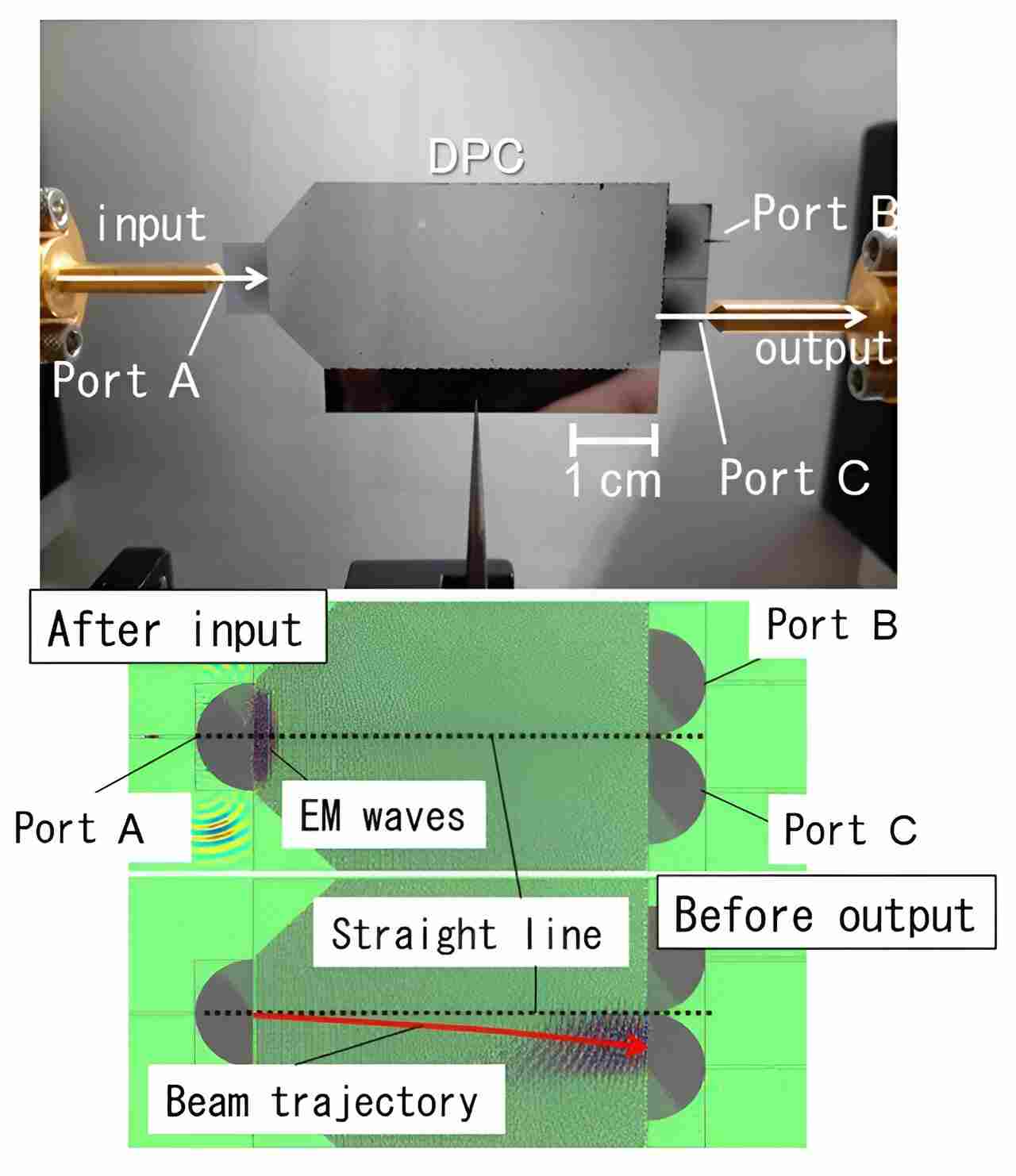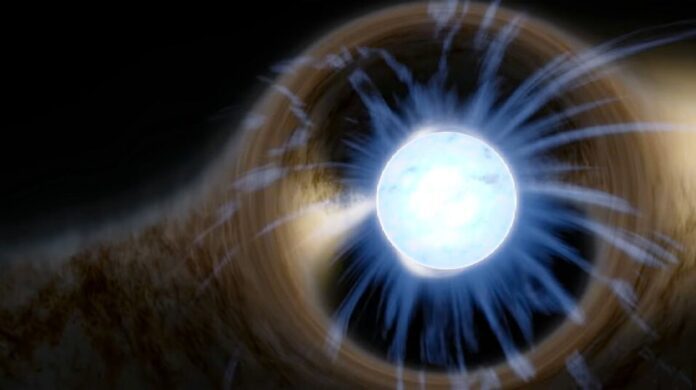Photonic crystals have emerged as a fascinating field of study, allowing scientists to manipulate and control the behavior of light. In recent research, a collaborative group of scientists has made a groundbreaking discovery by manipulating light in a way that mimics the effects of gravity.
The implications of this discovery are far-reaching, with potential applications in optics, materials science, and even the development of 6G communications. In this article, we will delve into the details of this research, exploring the concept of pseudogravity effects in photonic crystals and its significance in the field of light manipulation.
Understanding Photonic Crystals
Photonic crystals are unique materials that enable scientists to control the behavior of light. They can be thought of as “traffic controllers” for light, allowing the manipulation and redirection of light waves within their structure. These crystals are constructed by arranging two or more different materials in a periodic pattern, creating a lattice-like structure. This periodic arrangement gives rise to a photonic band structure, which determines how light interacts with the crystal.
The Theory of Pseudogravity
The concept of pseudogravity stems from Albert Einstein’s theory of relativity, which states that electromagnetic waves, including light, can be deflected by gravitational fields. Scientists have recently theorized that it is possible to replicate the effects of gravity, known as pseudogravity, by introducing lattice distortion in photonic crystals. This distortion disrupts the regular spacing of elements in the crystal lattice, resulting in a pseudogravitational effect on light waves passing through the crystal.
Exploring Pseudogravity Effects in Photonic Crystals
A team of researchers led by Professor Kyoko Kitamura from Tohoku University’s Graduate School of Engineering set out to investigate whether lattice distortion in photonic crystals can produce pseudogravity effects. They focused on silicon photonic crystals with a primal lattice constant of 200 micrometers and terahertz waves, as these wavelengths are well-suited for studying the manipulation of light.

In their experiments, the researchers introduced lattice distortion into the photonic crystals, causing a gradual deformation of the regular spacing of elements. This disruption of the crystal lattice structure resulted in a curved beam trajectory for the light waves passing through the crystal, similar to the bending of light around massive celestial bodies like black holes.
Unveiling the Results
The experimental results were remarkable. The team successfully demonstrated the deflection of terahertz waves in the distorted photonic crystals. By carefully manipulating the lattice distortion, they were able to control the trajectory of the light waves within the crystal. This breakthrough showcases the potential of photonic crystals in bending light and opens up new possibilities for on-chip trajectory control of light propagation.
Associate Professor Masayuki Fujita from Osaka University emphasized the significance of these findings, particularly in the field of 6G communications. In-plane beam steering within the terahertz range, achieved through the manipulation of photonic crystals, could revolutionize communication technologies.
Additionally, the discovery of pseudogravity effects in photonic crystals opens new pathways within the field of graviton physics, deepening our understanding of the fundamental interactions between light and matter.
Future Applications and Implications
The ability to manipulate light with pseudogravity effects in photonic crystals holds immense potential for various applications. In the field of optics, this discovery could lead to the development of novel optical devices and components with enhanced capabilities.
By precisely controlling the trajectory of light waves, scientists can design more efficient and compact optical systems for various applications, including telecommunications, imaging, and sensing.
Moreover, the implications of this research extend beyond optics. Materials science stands to benefit from the understanding gained from the manipulation of photonic crystals.
By studying and harnessing pseudogravity effects, researchers can explore new avenues for designing materials with unique properties and functionalities. These materials could find applications in areas such as energy harvesting, data storage, and quantum technologies.
Conclusion
The manipulation of light has always been a fascinating area of research, with numerous practical applications. The recent discovery of pseudogravity effects in photonic crystals represents a significant milestone in this field.
By distorting the crystal lattice structure, scientists have demonstrated the ability to bend light in a manner reminiscent of gravitational effects. This breakthrough opens up new possibilities for light manipulation and control, with implications in optics, materials science, and the development of next-generation communication technologies.
As researchers continue to explore the potential of photonic crystals, we can look forward to a future where the behavior of light is harnessed and tailored to meet our ever-evolving needs.
Reference:
Kanji Nanjyo et al, Deflection of electromagnetic waves by pseudogravity in distorted photonic crystals, Physical Review A (2023). DOI: 10.1103/PhysRevA.108.033522
